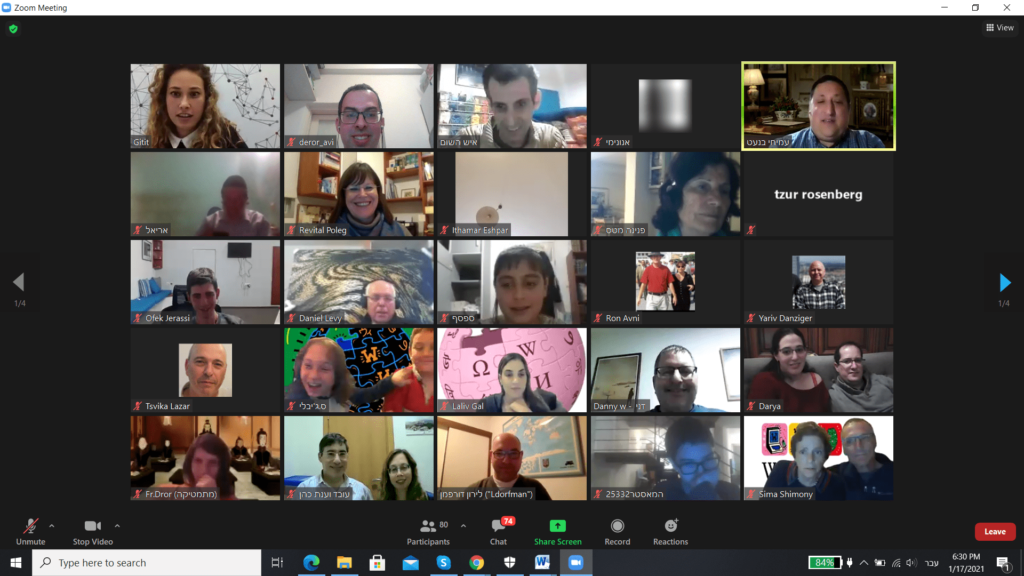4 tips to effectively manage remote workers for a small business

Remote work is here to stay. It is now a part of the new normal.
Business owners and employees have come to appreciate the benefits of remote work.
For small business owners, the cost savings of lower utility bills, less operating costs, and smaller office space all add to the company’s bottom line.
Employees on the other hand avoid the traffic, more family time, and the stress of the office environment.
For the uninitiated small start-up business owner, remote work can be scary. It is a major shift in paradigm.
How do you manage workers from different locations and ensure they are doing what they are supposed to do?
As a small agency owner, I think can help other small business owners on their work-from-home journey by sharing some of the things that worked for us.
You can effectively manage your remote workers by using technology tools that allow you to manage their attendance, productivity, communications, and remuneration. The cubicle or workstation does not apply to remote work. It is okay to not see your employee with the knowledge that they are working to deliver what is expected of them.
You need to manage your remote workers along four divisions.
This will make things more practical, simple, and easier for you and your employees.
Divide your remote team management along time in/time out, project management, communications, and payroll.
Here they are:
1. Time in / time out

One of the biggest issues for small business owners is the attendance and punctuality of their workers.
There are two points to this concern.
One, the workers will be late because they think they can get more sleep if they are working from home.
Second, how do business owners know that there is no buddy punching or that the worker is where he is supposed to be doing work?
This is where time clock apps or software can relieve a lot of anxiety in small business owners.
Time clock software allows employees to log in their attendance remotely.
Employees have to use their faces or take a selfie to punch in. This is quite secure and guards against fraud.
A time and location stamp can be placed in these photos. Time mark alerts can be programmed such as break times, lunchtime, and punch out.
A notification is sent to the admin if anyone misses their time marks. This ensures punctuality for everyone. It keeps the business owner aware of the daily manpower.
This also adds a layer of safety for workers who need to go into the field. Workers know the office is aware of their location and can alert authorities if something untoward happens.
There are particular industries that can feel the immediate impact of these apps.
Construction firms that operate in several locations where time in/out should be done on-site.
Trade companies have sales agents fanning out in different directions and it’s always better to go directly to the client instead of swinging by the office to punch in or out.
There are also medical facilities, hospitals, and retail stores where employee activities go on 24 hours a day.
These apps will help cleaning and janitorial services firms to ensure no tardiness and staff show up in person on location.
Security and logistics companies where location-backed timesheets are used. Plus, services firms with varied sites, services, and rates can use time clock apps to keep their employees and clients happy.
Among the time clock apps we recommend for your small business are Clockify, Jibble, and Homebase.
Since this is a very competitive market there’s a whole gamut of options you should check out.
2. Project management

People who went into business thinking that they will be working alone might be surprised to find out that you could actually work with more people. Small business owners usually find themselves doing sales, marketing, operations, finance department, all at the same time.
This can be true the more projects you take on.
Remote team management will be the norm, rather than an exception, especially if you want to scale up your small business.
You need project management software to keep track of who is doing what, deadlines, budget, and status. These are simply too overwhelming to track on different applications.
A project management software with its unified dashboard can help you keep things grounded.
You can grant levels of access to team members such as editors, authors, or viewers. More team members can be added just by sending an invite through their email.
You will be able to track the edits and share comments with everyone in the group. We usually make do with Google Docs in the office.
There are dedicated project and team management software if you want to impress clients. If you ever need to scale up your small business, you will be thankful that you already started organized with the project management software.
The most popular ones are Asana, Trello, and Monday.com but there are others you should try to find the right fit.
3. Messaging apps

You may already be using a messaging app in your daily activities especially for your small business.
But you can find even more value in messaging apps if you use them as a business tool to communicate with your team and clients.
I prefer to use Viber due to its peer-to-peer security.
Other messaging apps like FB Messenger route messages through FB’s servers before going to the recipient. This means that FB knows about your conversations and so too can third-party applications.
Make sure to check and research how secure your messaging apps are.
I also strongly advise that you keep your personal messages walled from your business messages. This just makes for a cleaner separation between your personal and professional lives.
It is also a good way to prevent burnout which happen to most small business owners. Plus, you can avoid embarrassing mistakes like sending your wife’s intimate messages to a customer.
You want a messaging app where, apart from chats, you can send files, photos, and videos.
A business messaging app should be robust enough to handle and search various files. You also want it to be searchable, and most of all, secure. We sometimes need files that were shared years ago.
For business matters, DingTalk and Slack seem to be the best for professional communications.
Video conferencing is already built into these apps so you don’t have to jump into another application for video calls.
You can also use these to manage teams, collaborate on projects, and keep everyone on the same page.
4. Payroll

Small business owners usually don’t have a payroll manager to make sure everyone gets paid on time and correctly.
Employees and contractors don’t last long if their paycheck always comes in late. Even worse, incorrect payslips crush morale.
Payroll is important but there are more strategic things that could use your oversight. There are a number of fintech apps that do payroll services.
Payroll apps can do your payroll in minutes. Your payroll is handled automatically based on your pre-set parameters.
You don’t have to worry about taxes. There are payroll apps that calculate and file your taxes to the proper local, state, or federal government for each payroll.
This is a big help in compliance. Payroll software usually connects with your time-tracking apps so that calculations are included for paid leaves, workers’ benefits, and a lot more. These software come in modules that can serve your small business as well as big enterprises.
Gusto is one of the top payroll services with over 100,000 clients across the United States. OnPay handles US$50 billion in payroll each year. If you are already a user of QuickBooks, then just use its payroll solution. It’s a natural add-on. You can avoid the hassles of integration.
Conclusion

Remote work is not your usual office place.
Business owners have to transform how they think about the cubicle. The workstation is no longer the four panels you see in a typical office. It can be a coffee and kitchen table, a garden set, or a hammock by the beach,
Working is now defined by how productive your employees are wherever they may be. It’s not even the eight hours of work they put in, it’s how much they can accomplish within an expected time.
For small business owners, it is our responsibility to ensure that our workers are equipped and capable of putting in the work and delivering before reasonable deadlines.
Processes and tools must be in place for a win-win solution for all.
Remote or work-from-home promises great benefits for both employees and small business owners. Happy workers are more productive and habitual achievers. And these can only improve your company’s growth in the long term.
